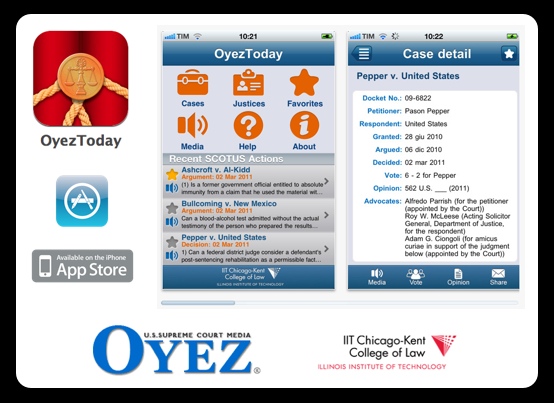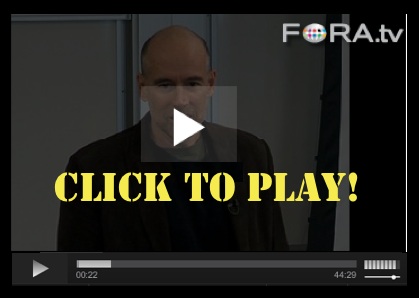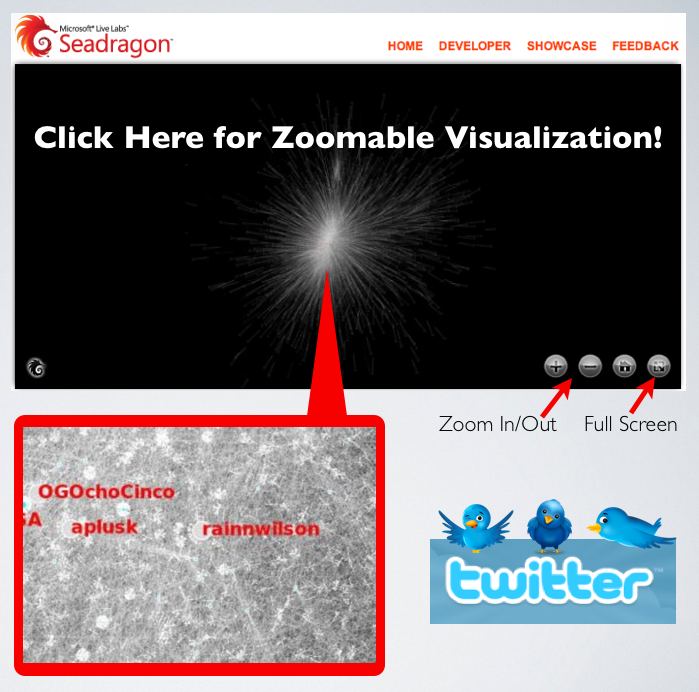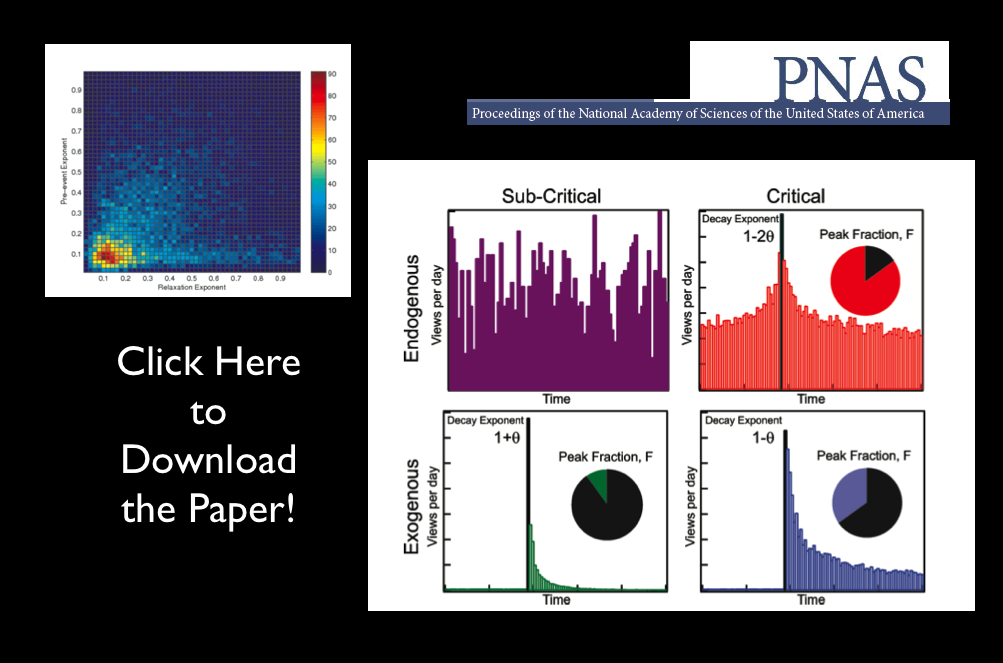Kudos to Jerry Goldman, the other folks at the Oyez Project as well as the Chicago-Kent College of Law for making this free resource available to the public!
From the description: “OYEZTODAY at IIT Chicago-Kent College of Law offers you the latest information and media on the current business of the Supreme Court of the United States. OYEZTODAY provides: easy-to-grasp abstracts for every case granted review, timely and searchable audio of oral arguments + transcripts, and up-to-date summaries of the Court’s most recent decisions including the Court’s full opinions. You will have access to all this information on your iPhone with the ability to share reactions on Facebook, Twitter, or by email. (Recordings of opinion announcements from the bench will follow when the Court releases these files to the National Archives at the start of the Court’s next Term). Chicago-Kent is proud to provide this free service to enhance the public’s understanding of the Supreme Court and current legal controversies.”














